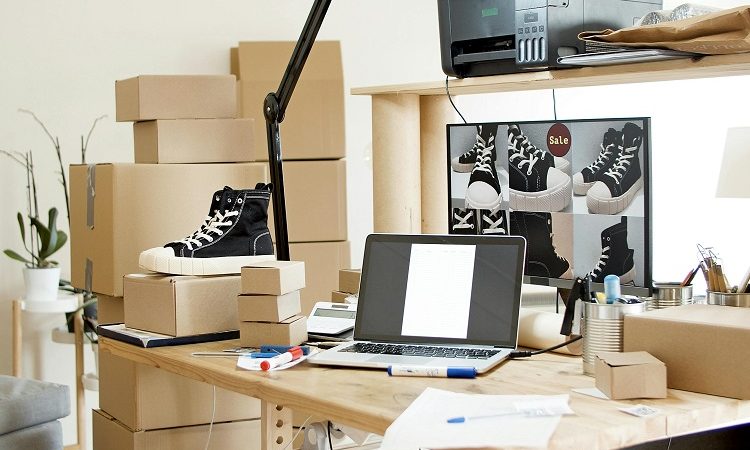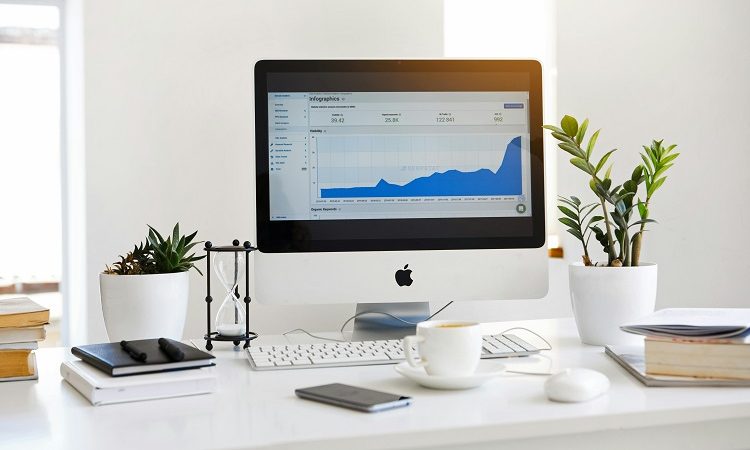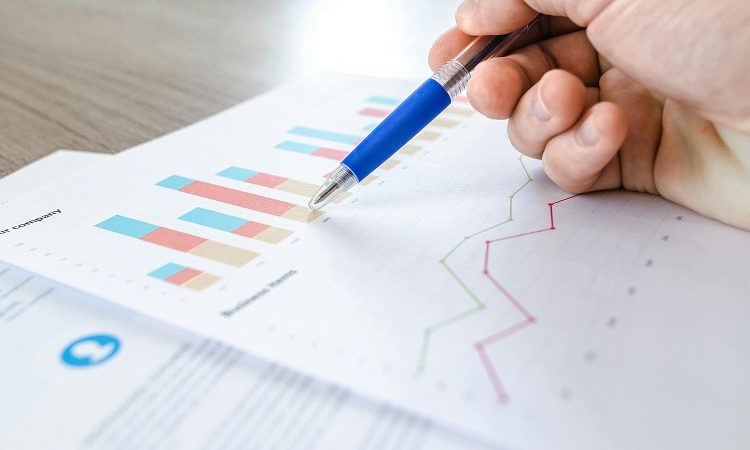Packaging Equipment

It is simply not realistic to assume every packager can start with a complete, turnkey packaging equipment line. Many packagers will never even need to achieve such a goal. There are many products on the market today that is rooted in a local or regional market by choice, with some striving to grab more market share over time, and others – like many foods and beverages – that thrive on being a local or regional attraction for visitors to an area. Those serving a local or regional market will often not need completely automated packaging equipment, but will also not have the space for fully automated lines. However, almost all equipment, including container cleaning machines, fillers, cappers, labelers, and more, are available in space-saving, cost-efficient and effective tabletop or semi-automatic designs.
Container Cleaning Equipment
Container cleaning equipment may consist of wet rinsers, air rinsers, bottle washers, or bottle vacuums, but the goal of each is to remove dust, debris, and other contaminants from containers before the product is introduced. This reliable machine will normally be manufactured on stand-alone frames that allow the operator to place and remove bottles both before and after the rinse, respectively. Once bottles are in place on the nozzles, the operator will typically step on a simple foot switch to activate the rinsing cycle, then move the bottles to the next packaging station, normally a filling machine. The exception to a stand-alone frame normally presents itself when a container cleaning machine is incorporated into an uniframe packaging system, which is discussed in more detail below.
Filling Machinery
As a general rule, different types of filling machines are manufactured to handle different viscosity products, though each machine will handle a range of viscosities. For example, overflow and gravity fillers are ideal for thin liquids, while pump and piston fillers handle higher viscosity products. All of the different filling principles can be incorporated into tabletop machinery for packagers with low to medium production demands and/or limited production space. Just like with rinsing machines, an operator will normally use a foot switch to activate a fill cycle after placing bottles under the nozzles of the machine.
There may be variations, however, especially when diving nozzles are being used for a level fill. To control foam, or for any other reason. These machines, as the name implies, simply rest on the top of a table. Taking up limited space while allowing the consistent, reliable, and efficient filling of products. A key feature of these machines is that many can be upgraded over time. If a packager starts with two fill heads and production demands increase twofold. Simply adding two more heads to the machine allows the tabletop filler to continue to provide an efficient fill process.
Capping Machinery
Space-saving semi-automatic capping reliable machine can be as simple as a hand-held capper or take the form of a tabletop or stand-alone machine. Of course, different types of capping machines are manufactured for different types of closures. So both the type and design of the machine will depend on if a packager is using a screw-on type cap, a snap cap, T-cork, ROPP cap, or some other type of seal. Most semi-automatic cappers, however, will require the same steps from the operator of the machinery. The process will require that the cap be placed on the bottle or container. Positioned under a capping head, and activated in some manner.
Sensors for automatic activation after placement of the cap. And container in a positioning nest may also be used rather than a foot or finger switch as well. Just like fillers, many of these capping machines can simply be set on a table. To create a capping area in an extremely small footprint. And while some of these machines may not significantly increase the speed of the process. They will create consistent sealing, avoiding loose caps, overtightened caps, and repetitive motion-type injuries. That can occur from hand tightening large numbers of closures.
Labeling Machinery
Regardless of the area served, packagers use labels to present their product to potential consumers. This may be in the form of a wrap label, front and back label, or some other manner of application. Similar to capping machines, the type of labeler used will depend on the manner of application. Tabletop wrap labelers allow an operator to simply place a bottle in a positioning nest. And once sensed by the machine, the label will be applied. Tamp labelers for front or back applications may require the operator to activate the machine via footswitch. Once again, the reliable machine takes up little space, the top of a table, while ensuring labels are applied in the same manner repeatedly without wrinkles or without being improperly located.
Uniframe Packaging Systems
Another solution for packagers with limited production space is an uniframe packaging system. Which may be manufactured for a tabletop or as a stand-alone unit. Depending on the equipment and the needs of the packager. Uniframe systems incorporate some or all of the packaging machinery described above into a single machine. Rather than have an area for filling, capping, and labeling. Each of the three machines can sit on one tabletop or frame. These machines can improve efficiency by allowing one operator to perform all packaging tasks. Without moving from one station to another. The equipment included will depend on how each packager is preparing their product. And may even include machinery not mentioned above, such as coding equipment, induction sealers, and more.
For some packagers, machinery may not be needed for every phase of packaging. Efficiency can be added by only using a machine to fill bottles consistently. Or only using a machine to apply a tricky label while performing other tasks by hand. Though more space is often better for packaging a product, solutions do exist even when a company has no more than a tabletop available to get the product ready for the shelf.





